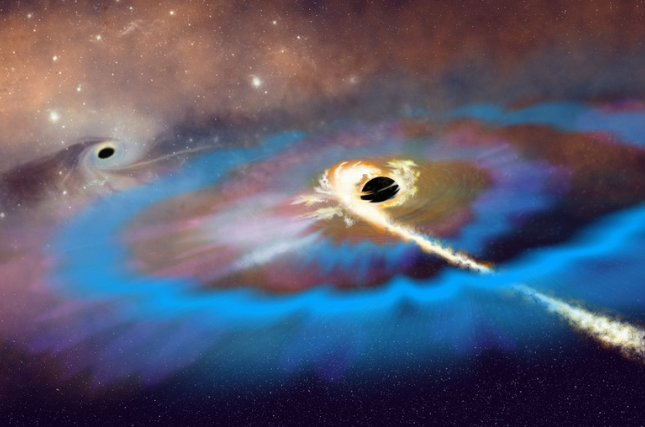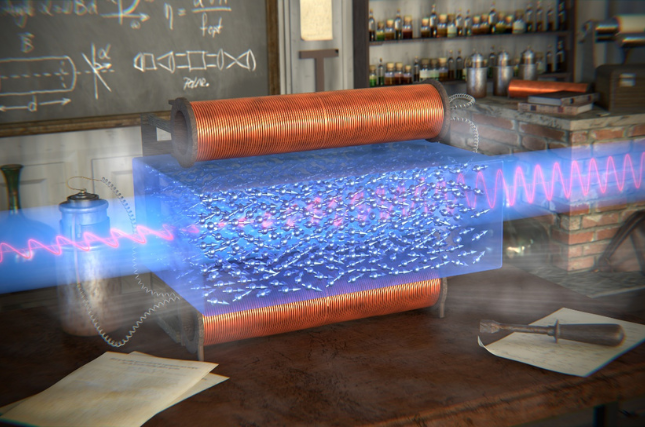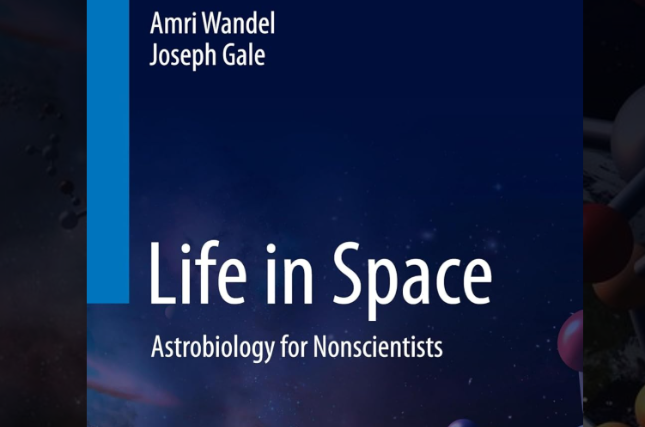
October 22, 2025 – An international team of astronomers, led by Dr. Itai Sfaradi and Prof. Raffaella Margutti of the University of California, Berkeley, with the participation of researchers from around the world, including Prof. Assaf Horesh (Dr. Sfaradi’s former graduate teacher) from the Racah Institute of Physics at the Hebrew University of Jerusalem (HU), discovered the first tidal disruption event (TDE) producing bright radio emission outside the center of a galaxy.
The event, designated AT 2024tvd, revealed the fastest-evolving radio emission ever observed from a tidal disruption event (TDE) to date. A TDE is a black-hole-driven stellar disruption, which occurs when a star ventures too close to a massive black hole, and is torn apart by the extreme tidal forces and gravity of a massive black hole.
“This is truly extraordinary,” said Dr. Itai Sfaradi, lead author of the study. “Never before have we seen such bright radio emission from a black hole tearing apart a star, away from a galaxy’s center, and evolving this fast. It changes how we think about black holes and their behavior.”
“This is one of the fascinating discoveries I’ve been part of,” said Prof. Horesh. “The fact that it was led by my former student, Itai, makes it even more meaningful. It’s another scientific achievement that places Israel at the forefront of international astrophysics.”
A black hole far from home
In this exceptional case, the black hole was located about 2,600 light-years (0.8 kiloparsecs) from its host galaxy core, evidence that supermassive black holes can lurk in unexpected places.
The key role of radio observations
The discovery was made possible through high-quality observations from several of the world’s premier radio telescopes, including the Very Large Array (VLA), ALMA, ATA, SMA, and the Arcminute Microkelvin Imager Large Array (AMI-LA) in the UK.
The AMI-LA observations, led by the Hebrew University team, were crucial in revealing the unusually rapid evolution of the radio emission—a hallmark of this event and a significant clue to understanding its physical nature.
The data revealed two distinct radio flares evolving faster than any TDE observed before. These results indicate that powerful outflows of material were launched from the vicinity of the black hole, not immediately after the stellar destruction, but months later, suggesting delayed and complex processes in the aftermath of the disruption.
Detailed modeling points to at least two separate ejection events, months apart—clear evidence that black holes can episodically “reawaken” after periods of apparent inactivity.
The research was conducted in collaboration with scientists from institutions across the United States, Europe, and Israel, including Prof. Paz Beniamini of the Open University of Israel.
The research paper titled “The First Radio-Bright Off-Nuclear TDE 2024tvd Reveals the Fastest-Evolving Double-Peaked Radio Emission” is now available in The Astrophysical Journal and can be accessed here.





